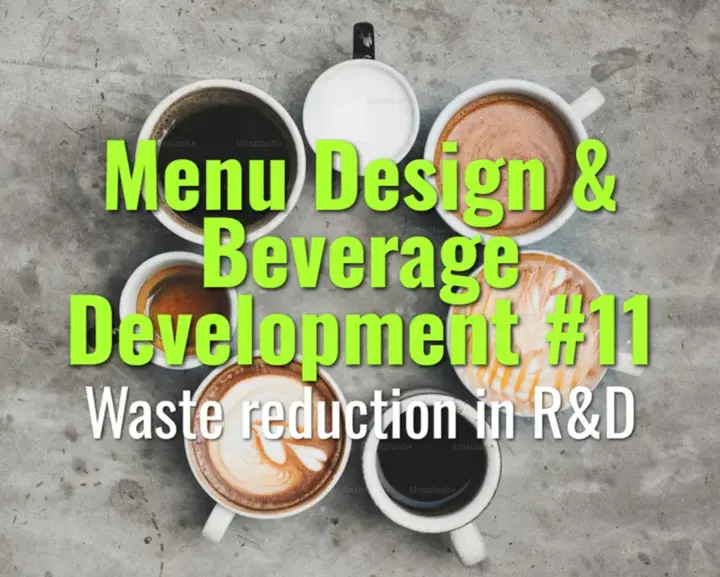Waste reduction in R&D
How to minimize waste during research and development (R&D) of new coffee menu items while still fostering creativity and innovation.
- Coffee Basics Nerds
- 2 min read
Article 11 of 12 in Menu Design & Beverage Development/

Why Waste Reduction Matters
- R&D requires multiple trials → high potential for wasted coffee, milk, and syrups.
- Reducing waste lowers costs, supports sustainability goals, and encourages efficient experimentation.
Strategies for Reducing Waste
1. Scaling Down Recipes
- Prototype new drinks in half-size or quarter-size portions.
- Use smaller cups and pitchers for iterative trials.
2. Ingredient Substitution
- Use water + food coloring to practice latte art instead of wasting milk.
- Replace espresso with pre-brewed concentrate or instant espresso for early tests.
3. Structured Experimentation
- Change one variable at a time (grind size, ratio, syrup dose) instead of random adjustments.
- Log results in R&D sheets to avoid repeating failed trials.
4. Staff Tastings
- Share R&D samples among team instead of discarding.
- Use multiple tasters for calibration and feedback, maximizing value of each test drink.
5. Reuse Where Safe
- Leftover brewed coffee can be repurposed in cold brew blends, coffee syrups, or baking.
- Spent grounds used for compost or skincare scrubs.
Documentation
- Keep detailed R&D notes on recipes, proportions, and tasting results.
- Helps refine faster and prevents over-testing.
Cultural Benefits
- Fosters staff awareness of sustainability.
- Builds a creative yet responsible café culture.
Summary
Waste reduction in R&D is achieved through small-scale testing, smart substitutions, structured trials, and creative reuse. These methods allow cafés to innovate efficiently, save costs, and align with sustainability goals while still delivering exciting new menu items.